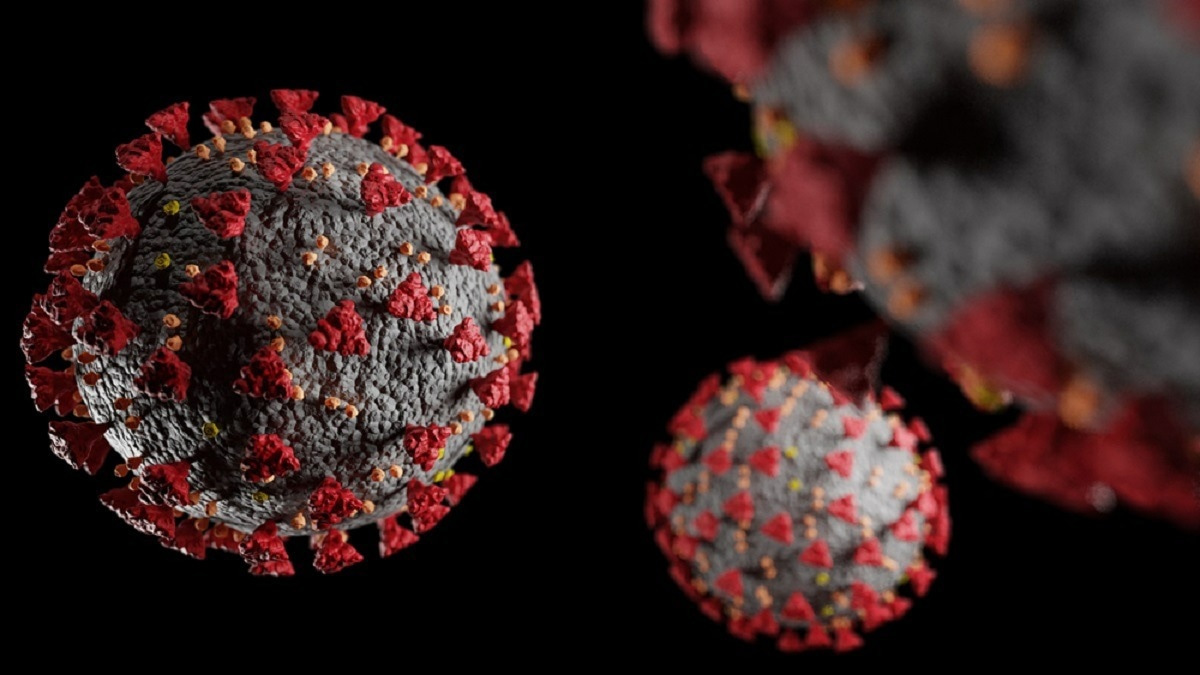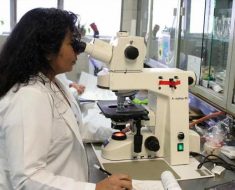A recent article published in Transplant Infectious Disease examined case reports on severe acute respiratory syndrome coronavirus 2 (SARS-CoV-2) evolution in immunosuppressed cohorts.

Background
With a sizable portion of the population already infected by coronavirus disease 2019 (COVID-19), the SARS-CoV-2 pandemic continues to cause devastation globally, despite the rising COVID-19 vaccine availability. The continuation of the COVID-19 pandemic is mainly attributable to the recurrent surges of novel SARS-CoV-2 variants such as Beta, Alpha, Delta, Gamma, and Omicron, which have improved immune evasion and boosted transmissibility. Without evolutionary intermediaries or a known step-wise buildup of mutations, these novel variants emerge abruptly with an extensive mutation collection.
Since the CoV replication machinery includes a proofreading mechanism that produces fewer errors than those of other ribonucleic acid (RNA) viruses further complicates this paradox. All these results point to a community-level cryptic SARS-CoV-2 evolution source that is not currently being picked up on by viral surveillance techniques.
About the study
In the present work, the researchers analyzed articles on uncommon trends of SARS-CoV-2 infection and evolution in immunosuppressed patients from 2020.
Results
The authors noted that an existing article showed that a severely immunosuppressed patient with an autoimmune condition experienced five months of persistent SARS-CoV-2 infection and an extended period of viral evolution, particularly inside the receptor-binding domain (RBD) of the spike (S) gene. The discovery that several SARS-CoV-2 mutations in this person were characteristic mutations for later variants of interest or concern (VOI/VOCs) raises the idea that novel viral variants may have first emerged in an immunocompromised person before spreading to the common public.
In the research by Simons and colleagues published in the Transplant Infectious Diseases journal, the scientists add to the understanding of the evolution of SARS-CoV-2 by describing two cases of immunosuppressed people who had chronic SARS-CoV-2 infection and viral populations that had mutated in correlation to circulating VOCs. Over the infection course, both subjects had gradual increases in the variety of the intra-host viral population.
Interestingly, patient B harbored an S E484K mutation also seen in SARS-CoV-2 Beta and Gamma VOCs and previously surveilled Eta, Zeta, Iota, and Theta variants more than 106 days post-infection. In addition, patient A had an S E484Q mutation also found in the priorly monitored SARS-CoV-2 Kappa variant and the deletion of 241-243 residues in Beta VOC. These mutations were formerly associated with reduced viral neutralization by recovered COVID-19 patient serum and humoral immune escape.
Both patients lacked measurable antibody levels addressing the S's RBD at the sampling point. Meanwhile, modest antibody titers against the N-terminal domain of S were found in patient A. These results were in line with previously reported findings that humoral immune deficits were a common motif in these instances and that COVID-19 persistence was associated with signs of rapid viral evolution, particularly in the S gene.
These findings show the potential for VOCs evolution in immunosuppressed patients with chronic SARS-CoV-2 infection. Hence, endorsing enhanced viral monitoring among immunosuppressed patients during lengthy disease courses. Besides, it highlights the significance of continuing efforts to discover potent antiviral medications to prevent viral replication.
The report by Simons and colleagues also showed that both patients were treated with bamlanivimab, the monoclonal antibody (mAb), at an early stage of infections. Both patients possessed mutations in the RBD at the E484 amino acid region, known to impart bamlanivimab resistance.
Additionally, bamlanivimab was not the only single mAb associated with resistance development. A recent report noted the emergence of sotrovimab resistance in numerous immunosuppressed patients managed with that single mAb. Besides, 5% of mAb-treated volunteers in the BLAZE-4 investigation had treatment-linked bebtelovimab resistance.
The present authors mentioned that although combination monoclonal antibody therapy generally leads to lower frequencies of resistance emergence, immunosuppressed individuals probably continue to be at risk of resistance emergence even with dual mAb therapy. Hence, the findings emphasize the necessity for close supervision for indications of drug resistance and viral persistence and the possibility of the rapid resistance emergence during mAb therapy.
Conclusions
Overall, the team mentioned that the analyzed case reports aid in comprehension of SARS-CoV-2 evolution among immunosuppressed patients. These articles also highlight the necessity of thorough analyses of SARS-CoV-2 persistence and the most effective treatment approaches in this under-researched patient population to address urgent issues.
Nonetheless, bridging these information gaps will probably require a concerted approach among a group of dedicated scientists and funders due to the wide range of immunosuppressive illnesses and the difficulties in identifying an adequate volume of patients at any single clinical center. The solutions to these questions will facilitate improved care for immunosuppressed COVID-19 patients. Moreover, they will shed light on the immune determinants of viral clearance and maybe point to ways to stop the formation of new SARS-CoV-2 variants that will continue to spread the pandemic.
- Choudhary M, Li J. Uncovering Hidden Sources of SARS‐CoV‐2 Viral Evolution: A Call to Action. Transplant Infectious Disease. doi: https://doi.org/10.1111/tid.13910
https://onlinelibrary.wiley.com/doi/10.1111/tid.13910
Posted in: Medical Science News | Medical Research News | Disease/Infection News
Tags: Amino Acid, Antibody, Chronic, Coronavirus, Coronavirus Disease COVID-19, covid-19, Evolution, Gene, Infectious Diseases, Monoclonal Antibody, Mutation, Omicron, Pandemic, Receptor, Research, Respiratory, Ribonucleic Acid, RNA, SARS, SARS-CoV-2, Severe Acute Respiratory, Severe Acute Respiratory Syndrome, Sotrovimab, Syndrome, Transplant, Vaccine

Written by
Shanet Susan Alex
Shanet Susan Alex, a medical writer, based in Kerala, India, is a Doctor of Pharmacy graduate from Kerala University of Health Sciences. Her academic background is in clinical pharmacy and research, and she is passionate about medical writing. Shanet has published papers in the International Journal of Medical Science and Current Research (IJMSCR), the International Journal of Pharmacy (IJP), and the International Journal of Medical Science and Applied Research (IJMSAR). Apart from work, she enjoys listening to music and watching movies.
Source: Read Full Article





